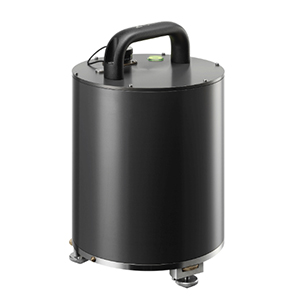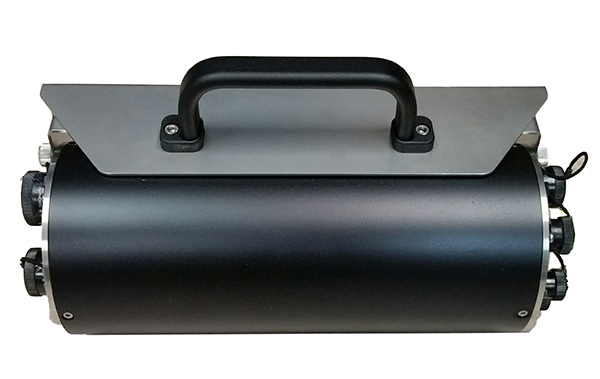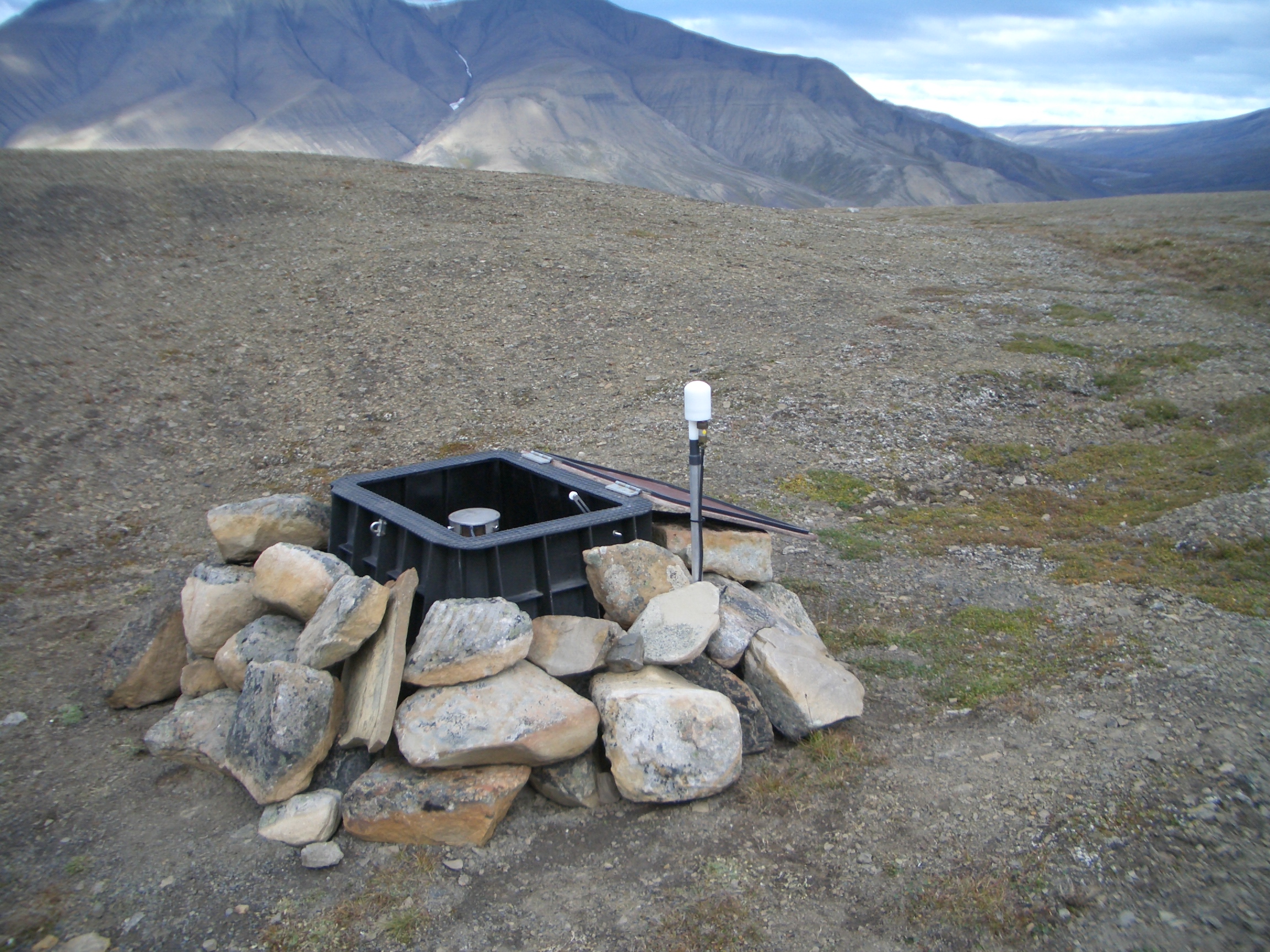NORSAR was established more than 50 years ago to measure and distinguish between underground explosions and other sources such as earthquakes. An institute of the same name was established to operate the array and continues to do so to this day. NORSAR operates the Norwegian part of the monitoring facilities for the Comprehensive Nuclear-Test-Ban Treaty’s (CTBT) International Monitoring System (IMS), which includes the NORSAR array.
The NORSAR array design, initially consisted of 22 sub-arrays, however the array design was reduced in the 70’s and now 7 sub-arrays are in operation as part of the IMS, known as NOA(PS27), in addition to NORSAR’s ARCES(PS28) and SPITS(AS72) arrays. At various intervals the stations that form the arrays have been redesigned and refurbished with new instruments. Since the 1980’s NORSAR has also installed other seismic arrays to monitor for regional and national seismicity both within Norway and beyond.
In 1999, NORSAR became an independent research foundation undertaking research and consulting projects worldwide; current projects include monitoring for seismic activity related to offshore Carbon Storage projects.
Güralp has been supplying NORSAR for nearly thirty years and during this time our level of involvement and methods of working have evolved. Working in partnership with NORSAR we have developed bespoke instrumentation in response to challenging requirements, pushing our instrumentation beyond the expectations of the time.
Overview of projects
SPITS array
NORSAR first started utilising Güralp instrumentation for NOA array instrument upgrades in the mid 1990’s. A combination of 3ESP short-period borehole (vertical) instruments and a single three-component 3T surface instrument were selected for the SPITS array in the Arctic. Ten years later, the instruments were replaced with more sensitive 3T borehole instruments. The sensors are deployed in Svalbard to improve monitoring capabilities in the Arctic and the sensors are deployed in boreholes to avoid movement of instruments by seasonal freeze-thawing.
Partnership working to develop a new kind of instrument
In 2011, in order to overcome clipping at large amplitudes without compromising sensitivity, NORSAR proposed a new ‘hybrid’ instrument to Güralp. Güralp worked in collaboration with NORSAR and CTBT Organization (CTBTO) to develop a new sensor technology with a hybrid response for surface and borehole environments. These new hybrid instruments were successfully installed from 2012 onwards in sub-arrays of the NOA array. These hybrid instruments provide an excellent balance with high sensitivity to both high and low frequency signals and avoid clipping at lower amplitudes.

Figure 2. The ground-velocity transfer function of the vertical borehole 3T-Hybrid instrument installed on the NOA array (site NA003)
NORES array and expansion to the seismic network
In addition to the NOA array, in 2015, Güralp 3ESPC instruments were selected for an upgrade to the NORES array. The NORES array was developed to monitor regional and local seismicity and now operates as a 16-station broadband array. The same instruments were also selected for a number of ‘single’ stations which have been deployed as part of an expansion to the seismic network.
Baseline monitoring for Carbon Storage projects
Most recently, in 2020, NORSAR selected Güralp 3T-120 instruments paired with Güralp Affinity digitisers for a nine-element HNAR seismic array (HolsNøy ARray) deployed on Holsnøy, an island on the west coast of southern Norway. The array has been established to monitor background seismicity prior to C02 storage operations due to commence in the locality. You can read more about this project in the separate case study here: [link to CCUS case study]
In total, NORSAR are using Güralp instrumentation for more than 100 stations, either as part of their fixed arrays or as part of the Norwegian seismological instrument pool
3T-120
The lightweight and portable design of the weak-motion 3T-120 PH instrument is suitable for temporary and permanent deployment in vaults or postholes.
The 3T-120 is a three-component seismometer, with a sensitivity of 1500 V/msˉ¹ (2 x 750 V/msˉ¹) differential standard output. The instrument has a low self-noise level of 166 s (0.006 Hz) to 10 Hz and is also available as single (vertical component). The 3T-120 can also be manufactured with hybrid sensor options for projects that require high sensitivity to both high and low frequency signals.
Due to the proximity of the HNAR array to the coast, the project team selected the Güralp 3T-120 PH (posthole) seismometer as it was suitable for sub-surface installation.The 3T-120 PH can be partnered with the Affinity or Minimus family of digitisers. Each offers a flexible array of features and functionality that you can tailor according to the needs of the project, and both utilize precision time protocol for absolute timing accuracy.
3ESPC
The Güralp 3ESPC was selected for an upgrade to the NORES regional array.
Ideally suited for long-term temporary and permanent installations in areas with low to moderate noise levels. The instruments' broadband response and low self-noise level make it suitable for seismic monitoring at all scales: local, regional and teleseismic.
The Affinity Digitiser
The Affinity is a certified IMS digitiser offering authentication capabilities.
The Affinity delivers high-quality digitisation with 31-bit resolution. Designed for data quality and durability, the Affinity is a stable and robust Linux-powered unit with on-board storage and networking facilities.

Figure 3. (left) The 3V single vertical component sensor and (right) the 3T-120 posthole seismometers.

Figure 4: A Güralp 3ESPC weak-motion seismometer

Figure 5. Affintiy digitiser
Outcome
Güralp has developed a close working relationship with NORSAR over the past thirty years, developing bespoke instrumentation in response to project requirements and assisting with deployments in the field.
As experts in operating sophisticated seismic arrays, NORSAR’s feedback and knowledge has been highly valued at Güralp, as we develop our instrumentation for the IMS community.

